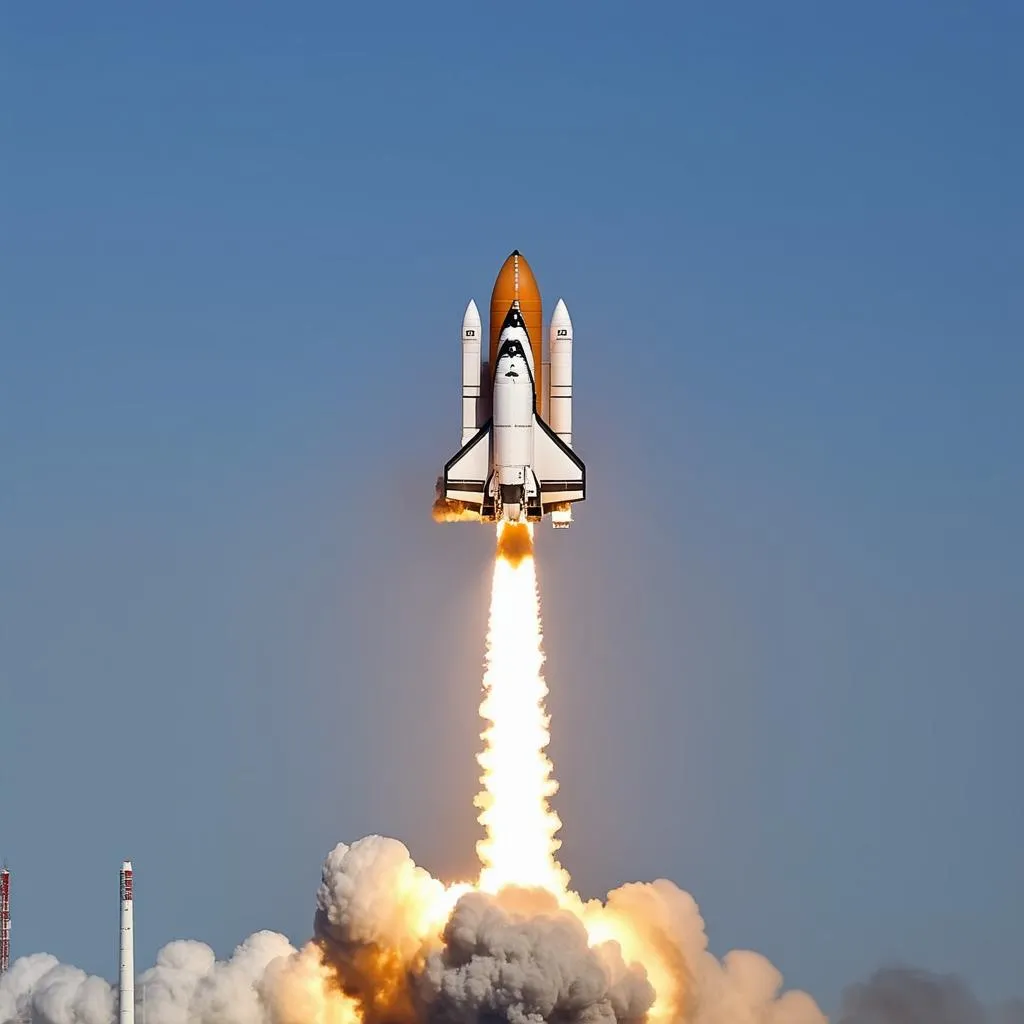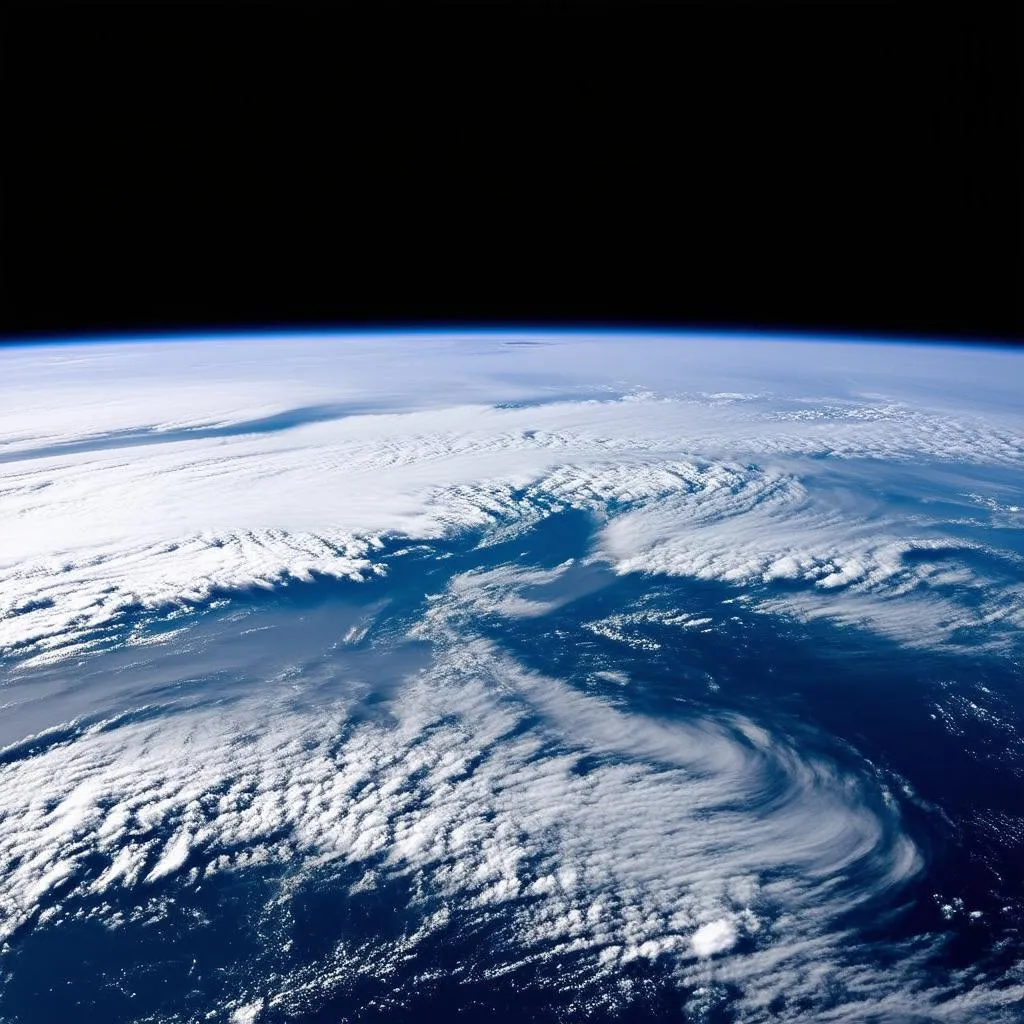Have you ever looked up at the night sky, dotted with a million twinkling stars, and wondered what it would be like to travel amongst them? The vastness of space has always captivated humankind, igniting our imaginations with dreams of interstellar adventures. While we haven’t quite reached the point of leisurely space travel, we’ve sent brave astronauts hurtling beyond Earth’s atmosphere in incredible feats of engineering, like the Space Shuttle. So, just how fast did these technological marvels travel to escape Earth’s gravitational pull and reach for the stars? Buckle up, space cadets, as we delve into the exhilarating world of space shuttle velocity.
The Need for Speed: Orbiting Our Planet
Before we unveil the impressive numbers, it’s crucial to understand why the space shuttle needed to travel so fast. To escape Earth’s gravitational clutches and achieve orbit, a spacecraft needs to reach what is known as orbital velocity. Imagine a cannon firing a ball horizontally from a very high mountain. The faster the ball is launched, the farther it travels before gravity pulls it back to Earth.
Orbital velocity is the speed at which the spacecraft essentially falls around the Earth, constantly being pulled towards it but also moving forward fast enough to never actually crash. It’s a delicate balance of speed and gravitational pull, a celestial dance that allows spacecraft to remain in orbit.
How Fast Did the Space Shuttle Really Travel?
The space shuttle, a magnificent feat of engineering, traveled at a mind-boggling speed of approximately 17,500 miles per hour (28,000 kilometers per hour) while in orbit. To put that into perspective, that’s about 25 times the speed of sound! At this velocity, astronauts could circle the entire Earth in just 90 minutes, witnessing breathtaking sunrises and sunsets every 45 minutes.
 Space Shuttle Launch
Space Shuttle Launch
Factors Affecting Space Shuttle Speed
The space shuttle’s speed wasn’t constant and varied depending on several factors, including:
- Altitude: The higher the orbit, the lower the required orbital speed. This is because the force of gravity weakens with distance.
- Mission Objectives: Different missions required different altitudes and trajectories, which in turn affected the shuttle’s speed.
- Earth’s Gravity: The shuttle’s speed was always calibrated to counter Earth’s gravitational pull, ensuring it stayed in orbit.
Beyond the Space Shuttle: A Glimpse into Future Travel
While the Space Shuttle program has ended, the quest for space exploration continues. Private companies and space agencies worldwide are developing new spacecraft and technologies, pushing the boundaries of speed and distance.
For instance, NASA’s Orion spacecraft, designed for deep-space missions, is expected to reach speeds of up to 20,000 miles per hour (32,000 kilometers per hour). These advancements hint at a future where space travel becomes more accessible, allowing us to explore the cosmos like never before.
FAQs: Unraveling the Mysteries of Space Travel
Q: Did the space shuttle travel faster than a bullet?
A: Absolutely! The space shuttle traveled significantly faster than a bullet, which typically travels at speeds between 1,200 to 3,000 feet per second. The shuttle’s velocity was many times greater.
Q: How long did it take the space shuttle to reach orbit?
A: It took the space shuttle approximately 8.5 minutes to reach its designated orbit, a testament to its powerful engines and aerodynamic design.
Q: What was it like for astronauts to travel at such high speeds?
A: While the sheer velocity might seem jarring, astronauts were safely secured within the shuttle. They experienced the effects of acceleration during launch and landing but felt weightless while in orbit.
Travelcar.edu.vn: Your Guide to Earthly and Cosmic Adventures
Whether you’re dreaming of soaring through the cosmos or exploring the hidden gems of our own planet, Travelcar.edu.vn is your ultimate resource. We provide a wealth of information on travel destinations, tips and tricks, and fascinating insights into the world around us. For those with a penchant for cosmic wonders, check out our article on “How Fast Does a Spaceship Travel?” to delve deeper into the realm of space exploration.
 Earth from Space
Earth from Space
Conclusion: The Sky Is Not the Limit
The space shuttle program, with its incredible speed and groundbreaking achievements, has left an indelible mark on human history. As we continue to push the boundaries of space exploration, one thing remains certain: the spirit of discovery and the pursuit of knowledge will continue to propel us forward, reaching for the stars and beyond.